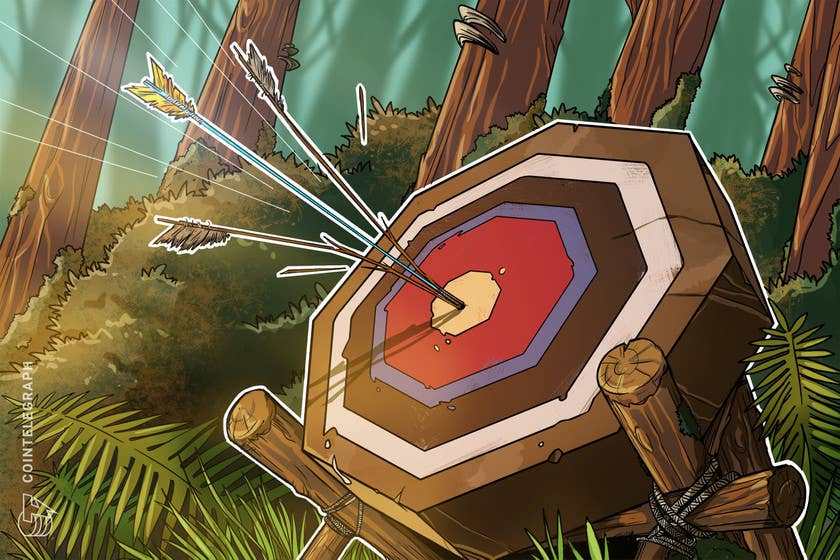Private blockchains, such as interbanking platforms set to share information on customers, could be compatible with new E.U. privacy rules, according to research published Nov. 6. The study was conducted by Queen Mary University of London and the University of Cambridge, U.K.
The General Data Protection Regulation (GDPR) act, a recent legislation that regulates the storage of personal data for all individuals within the European Union, came into effect this May. According to the law, all data controllers have to respect citizens’ rights in terms of keeping and transferring their private information. In case a data controller fails to do so, the potential fines are set as €20 million (about $22 million) or four percent of global turnover/revenues, whichever is higher.
The recent U.K. study, published in the Richmond Journal of Law and Technologies, views blockchain and its nodes through the length of GDPR. According to the researchers, crypto-related technologies could fall under these rules and be treated as “controllers,” given that they publicly store private information about E.U. citizens in the chain and allow third parties to operate it. This, the study reveals, might slow down technology implementation in EU:
“There is a risk that this legal uncertainty will have a chilling effect on innovation, at least in the EU and potentially more broadly. For example, if all nodes and miners of a platform were to be deemed joint controllers, they would have joint and several liability, with potential penalties under the GDPR.”
However, the researchers emphasize that blockchain operators could be treated like “processors” instead, the same as the companies behind cloud technologies who act on behalf of users rather than control their data. This, the study continues, is mostly applicable for Blockchain-as-a-Service (BaaS) offerings, where a third party provides the supporting infrastructure for the network while users store their data and control it personally.
As an example for such type of blockchain platform, the researchers cite centralized platforms for land registry and private interbanking solutions that set up “a closed, permissioned blockchain platform with a small number of trusted nodes.” Such closed systems could effectively comply with GDPR rules, the report continues.
To meet the privacy law, blockchain networks might also store personal data externally or allow trusted nodes to delete the private key for encrypted information, thus leaving indecipherable data on the chain, the researchers state.
However, the GDPR rules are extremely difficult to comply with for more decentralized nets, such as those concerned with mining and cryptocurrency. In this case, the nodes, operating with the data of E.U. citizens, might agree to fork a new version of the blockchain from time to time, thus reflecting mass requests for rectification or erasure. “However, in practice, this level of coordination may be difficult to achieve among potentially thousands of nodes,” the study reads.
As a conclusion, the researchers urge the European Data Protection Board, an independent regulatory body behind GDPR, to issue clearer guidance on the application of data protection law to various common blockchain models.
As Cointelegraph wrote earlier, the GDPR could both support and harm blockchain. Despite the fact that current E.U. legislation partially has the same goals as crypto-related technologies, such as decentralizing data control, blockchain companies could also face extremely high fees as data controllers.









